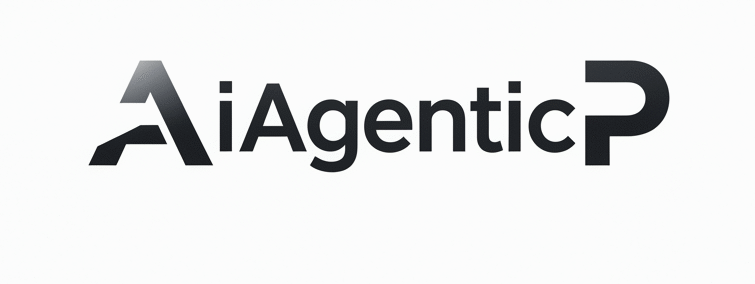Cryptocurrency is no longer a futuristic concept, here is How to Understand Cryptocurrency , it’s part of daily life. People use Bitcoin, Ethereum, and stablecoins for shopping, saving, and even paying salaries.
But for beginners, crypto can feel overwhelming. What is it? How does it work? Is it safe?
This guide will explain cryptocurrency in simple, easy-to-understand terms so you can confidently take your first step into the world of digital money.
Step 1: What is Cryptocurrency?
A cryptocurrency is a digital form of money that exists only online. Unlike dollars or euros, it’s not controlled by banks or governments. Instead, it uses blockchain technology ,a secure, public record of all transactions.
- Bitcoin (BTC): The first and most famous cryptocurrency.
- Ethereum (ETH): Known for smart contracts and decentralized apps.
- Stablecoins (USDT, USDC): Digital coins tied to real currencies like USD.
Think of crypto as money + technology combined.
Step 2: Why Do People Use Cryptocurrency?
Cryptocurrency has many real-world uses in 2026:
- Fast Payments → Send money worldwide in seconds.
- Low Fees → Cheaper than banks for international transfers.
- Privacy → Some coins allow anonymous transactions.
- Ownership → You fully control your funds without needing a bank.
- New Opportunities → NFTs, DeFi, and metaverse economies.
Step 3: How Does Cryptocurrency Work?
At the heart of crypto is the blockchain, a digital ledger that records transactions.
- Every transaction is stored in a “block.”
- These blocks are connected (chained) together.
- Once added, a block can’t be changed → makes it secure.
This means no one can fake or double-spend coins.
Step 4: How Do You Get Cryptocurrency?
There are 3 main ways to own crypto in 2026:
- Buy it → On trusted exchanges (Coinbase, Binance, Kraken).
- Earn it → As payment for freelance or digital work.
- Mine/Stake it → Advanced methods for securing networks and earning rewards.
Step 5: How Do You Store Cryptocurrency?
You need a crypto wallet.
- Hot Wallets (online) → Mobile apps like Trust Wallet, MetaMask.
- Cold Wallets (offline) → Hardware devices like Ledger, Trezor.
Golden Rule: Never share your wallet’s private key or seed phrase.
Step 6: Is Cryptocurrency Safe?
Yes: if you use it carefully.
Safe practices include:
- Always use official apps/websites.
- Enable 2FA (two-factor authentication).
- Store large amounts in a hardware wallet.
- Avoid clicking unknown links (phishing scams).
Step 7: Future of Cryptocurrency in 2026
Crypto keeps growing. Some trends this year include:
- Bitcoin ETFs → Making BTC accessible in traditional finance.
- CBDCs (Central Bank Digital Currencies) → Governments launching their own digital money.
- AI + Blockchain → Smarter, automated financial tools.
- Metaverse Payments → Using crypto in virtual worlds.
Cryptocurrency may sound complicated, but at its core, it’s just digital money you control yourself.
By learning the basics, what it is, how it works, how to store it safely you can confidently explore the world of crypto in 2026.
Remember: Start by learning, not by rushing into risky investments.
FAQ Section
Do I need a lot of money to start with crypto?
No. You can start with as little as $10 or $20.
Can I buy less than 1 Bitcoin?
Yes. Bitcoin is divisible, you can buy 0.001 BTC or even less.
Is cryptocurrency legal?
Yes, in most countries, but rules differ. Always check your local regulations.
Can I use crypto for everyday shopping?
Yes. Many businesses in 2026 accept Bitcoin, Ethereum, and stablecoins.
Is crypto safe from hacking?
The blockchain itself is very secure, but wallets and exchanges can be hacked. Security depends on how you protect your coins.





